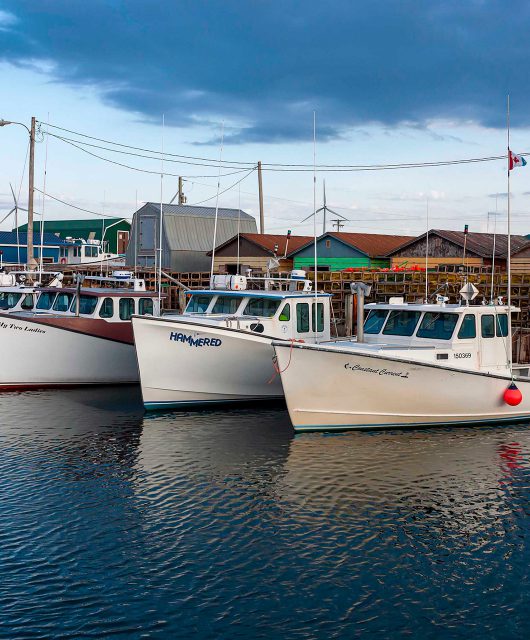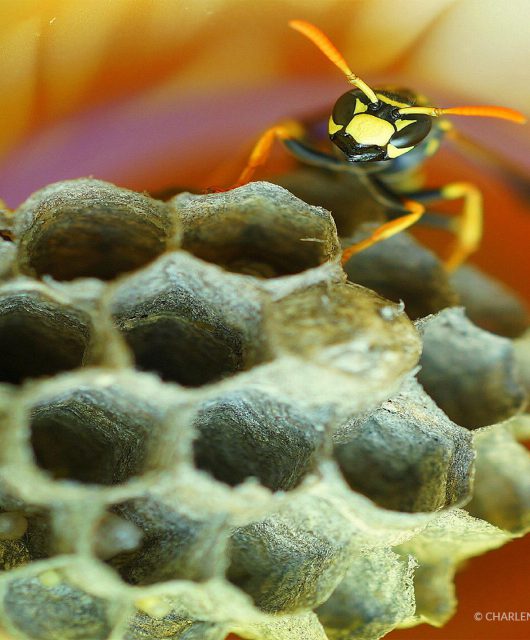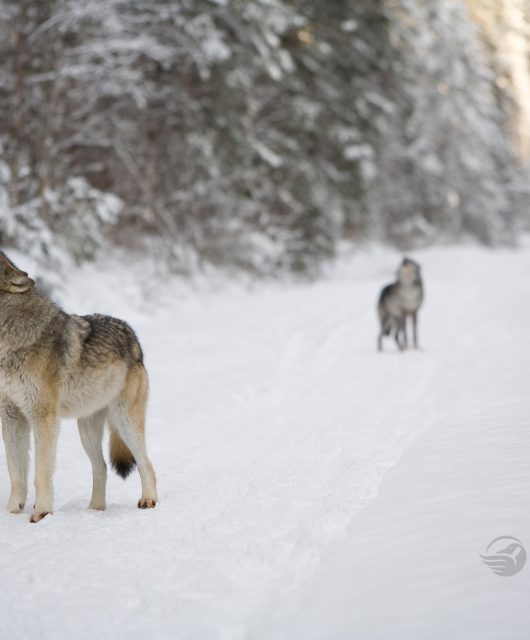A lot of pet stores sell hatchling turtles.
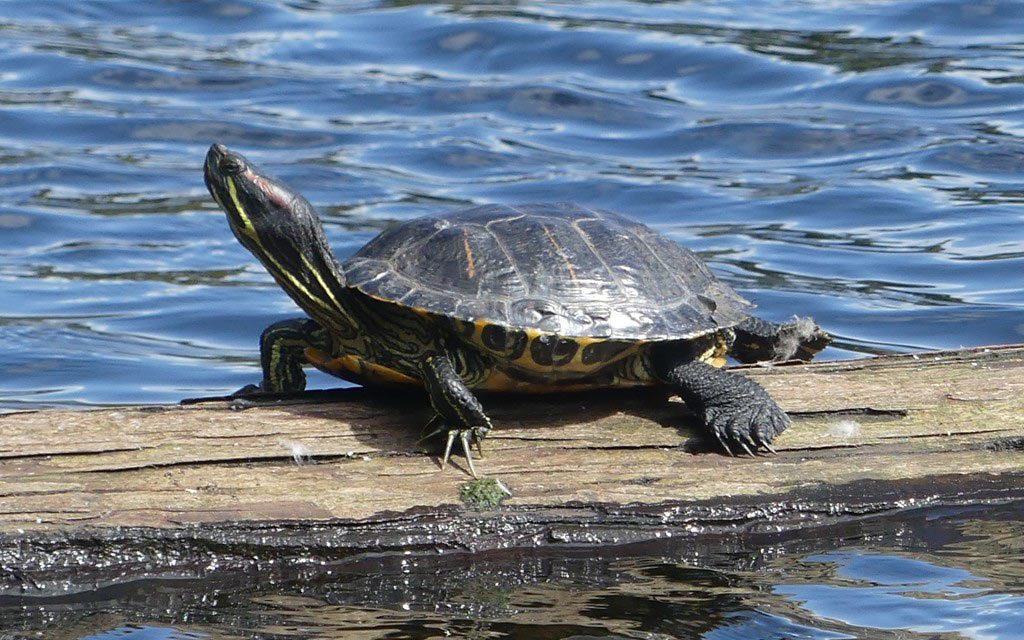
Many of those tiny turtles are Red-eared Sliders, named that because they have red stripes along the sides of their heads. Those tiny hatchlings the size of a toonie are adorable. Unfortunately, they don’t stay that size. An adult Slider can have a top shell that is more than 20 centimetres long and Sliders can live for more than 30 years. Many people don’t have room for the large aquarium required when the Slider gets bigger or aren’t prepared to take care of a turtle for decades. Owning a turtle is a big commitment!
The Curse of Growing Up
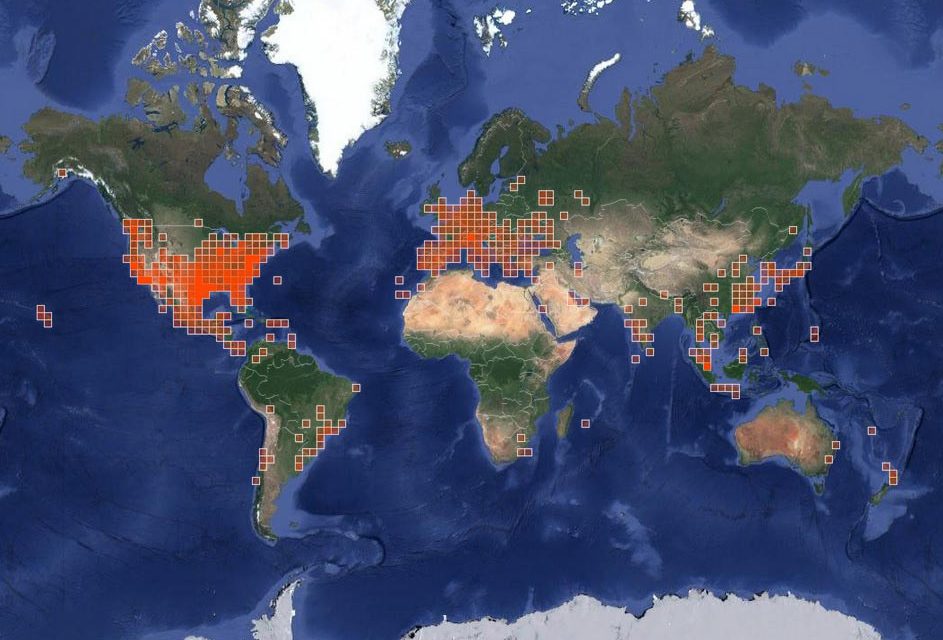
What happens when the turtle gets too big and people no longer want to keep it? Many Sliders end up being released into ponds and wetlands in the wild. That’s a problem for many reasons, but to start with Sliders are not native to Canada.
According to iNaturalist Canada, there are more than 800 observations of Sliders in Canada. Sliders have been found in seven Canadian provinces (British Columbia, Saskatchewan, Manitoba, Ontario, Quebec, New Brunswick, and Nova Scotia), although about 90 per cent of the observations are from Ontario and British Columbia.
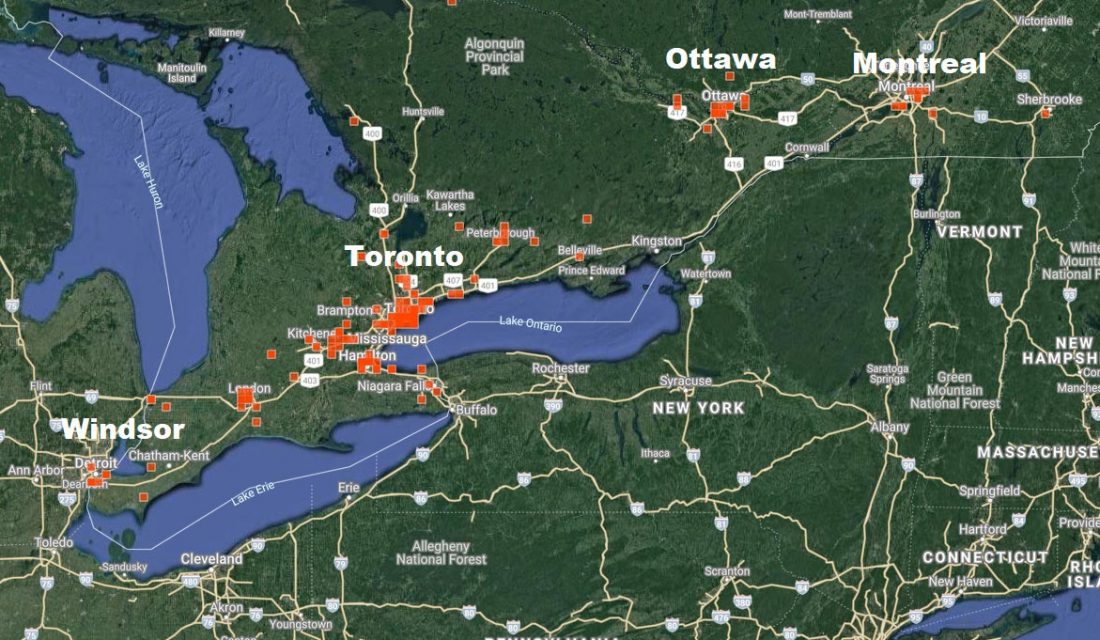
Within Ontario, about half of the observations are in the Toronto area, but there are observations from Windsor to Ottawa and farther east in Quebec around Montreal. In British Columbia, most of the observations are around Vancouver and Victoria. It is not just urban wetlands that have Sliders as they have even been found in protected areas in Canada, including Point Pelee National Park in southern Ontario.
Invasive Species
Red-eared Sliders are native to the southern United States, but they have spread to wetlands around the world because of the pet trade. Sliders have been released in the Caribbean, South America, Europe, Africa, Asia and areas in the Pacific Ocean including Australia and Hawaii. In many areas, it is warm enough for them to thrive and Sliders are successfully breeding. Sliders have even been confirmed to have their eggs hatch in southern Ontario and southern British Columbia. So not only is the Slider an exotic species in Canada, it can successfully breed in the warmest parts of the country.
Outcompete Native Species
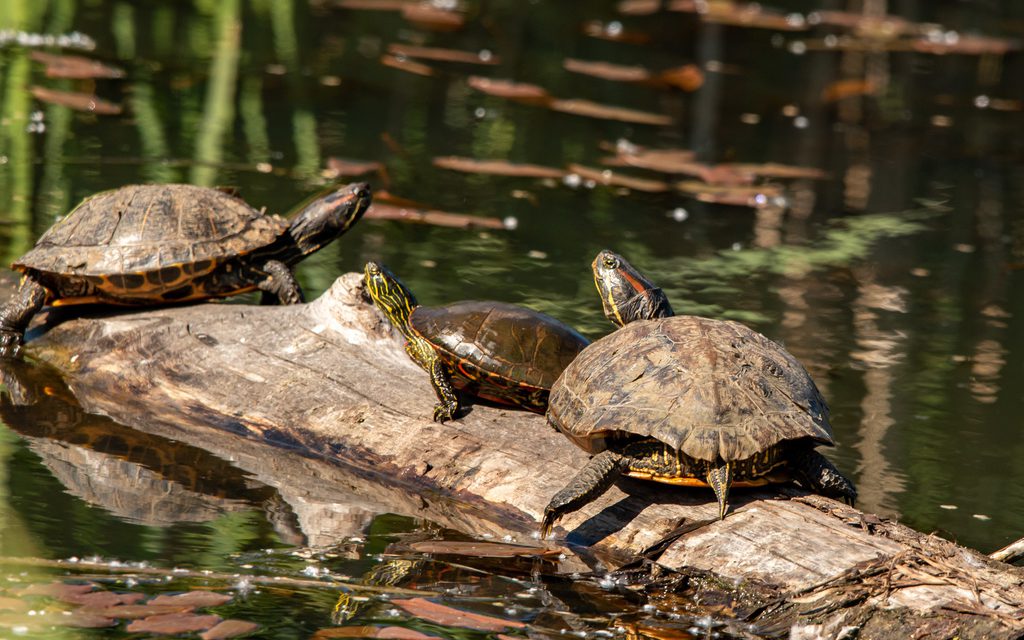
What effect might Sliders have on our native species of turtles? We don’t know for certain but Sliders could pose a number of risks. Sliders get bigger than our widespread and native Painted Turtle so they might be able to outcompete other turtles for the best basking sites, if those sites are limited. One study found that when Sliders were removed from a large wetland the native turtles gained weight, suggesting the Sliders were outcompeting the native turtles for food. It is also possible the wetland had too many turtles in it and there wasn’t enough food for all of them.
Spread Disease
The biggest risk, however, could be the spread of disease. All of these unwanted pet turtles have an unknown history. Some of them may have been kept in unsanitary conditions, or with other captive species. A released Slider could have a disease that might be lethal to native species of turtles or other wildlife. Although this may seem unlikely, it probably also sounds unlikely that our society could be shut down by a virus.
Disease outbreaks, like our current pandemic, are becoming more common in wildlife as well. A particularly sobering story is that of the Bellinger River Snapping Turtle. This is a species found only in a small part of eastern Australia. In 2015, more than 400 dead or dying turtles were found. The cause is a previously unknown virus related to ones that cause respiratory diseases in pythons and lizards. With hundreds of Sliders being released into the wild in Canada it is likely just a matter of time before some of them are carriers of serious diseases.
What Can You Do to Help?
What can be done about Sliders in Canada? If you own a pet Slider, do not release it into the wild. It is an exotic species and does not belong in the wild. If you want to get a turtle as a pet carefully consider whether you can maintain it for 30 or more years, especially when it grows up and needs a large aquarium.
If you decide you still want a pet turtle, consider adopting one. There are rescue groups like Little RES Q (littleresq.net) who try and find homes for unwanted Sliders.
If you see Sliders in the wild, please report them to iNaturalist Canada so their distribution and abundance can be tracked. Although removing Sliders from the wild would be ideal, the first step is to keep new Sliders from being released into our ponds and wetlands.
Learn more about how you can Help the Turtles or other Endangered Species at Canadian Wildlife Federation.

